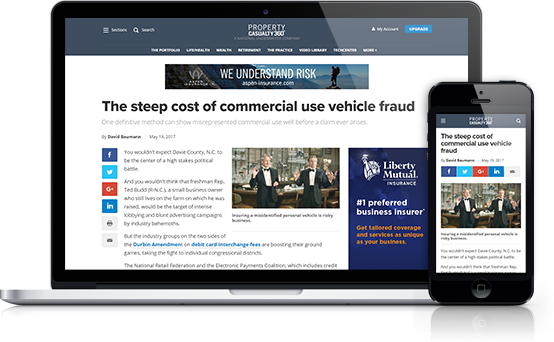 The adoption of the National Association of Insurance Commissioner's (NAIC) Risk Management and Own Risk and Solvency Assessment (RMORSA) model act has immediate implications for U.S. insurers. Now is the time for carriers to begin assessing how this newly passed legislation will affect their enterprise-risk-management (ERM) processes, as well as the value they can gain by integrating RMORSA's requirements into how they manage their businesses.
The adoption of the National Association of Insurance Commissioner's (NAIC) Risk Management and Own Risk and Solvency Assessment (RMORSA) model act has immediate implications for U.S. insurers. Now is the time for carriers to begin assessing how this newly passed legislation will affect their enterprise-risk-management (ERM) processes, as well as the value they can gain by integrating RMORSA's requirements into how they manage their businesses.
RMORSA's implementation represents a fundamental shift in the regulatory scrutiny of the insurance industry's ERM and capital-management practices. The act, which each jurisdiction now needs to adopt into state law, requires insurers to maintain a comprehensive risk-management framework embedded into company operations that covers current and prospective solvency positions under stressed scenarios.
A RMORSA is not just another insurance filing. For a regulator to accept one, the link between that assessment and the management of the business must be clear. But to maximize their business benefits, insurers should use the RMORSA to enhance the risk-to-reward aspects of insurance business management, both over a one-year and a longer time horizon.
Recommended For You
Want to continue reading?
Become a Free PropertyCasualty360 Digital Reader
Your access to unlimited PropertyCasualty360 content isn’t changing.
Once you are an ALM digital member, you’ll receive:
- Breaking insurance news and analysis, on-site and via our newsletters and custom alerts
- Weekly Insurance Speak podcast featuring exclusive interviews with industry leaders
- Educational webcasts, white papers, and ebooks from industry thought leaders
- Critical converage of the employee benefits and financial advisory markets on our other ALM sites, BenefitsPRO and ThinkAdvisor
Already have an account? Sign In Now
© Touchpoint Markets, All Rights Reserved. Request academic re-use from www.copyright.com. All other uses, submit a request to [email protected]. For more inforrmation visit Asset & Logo Licensing.







